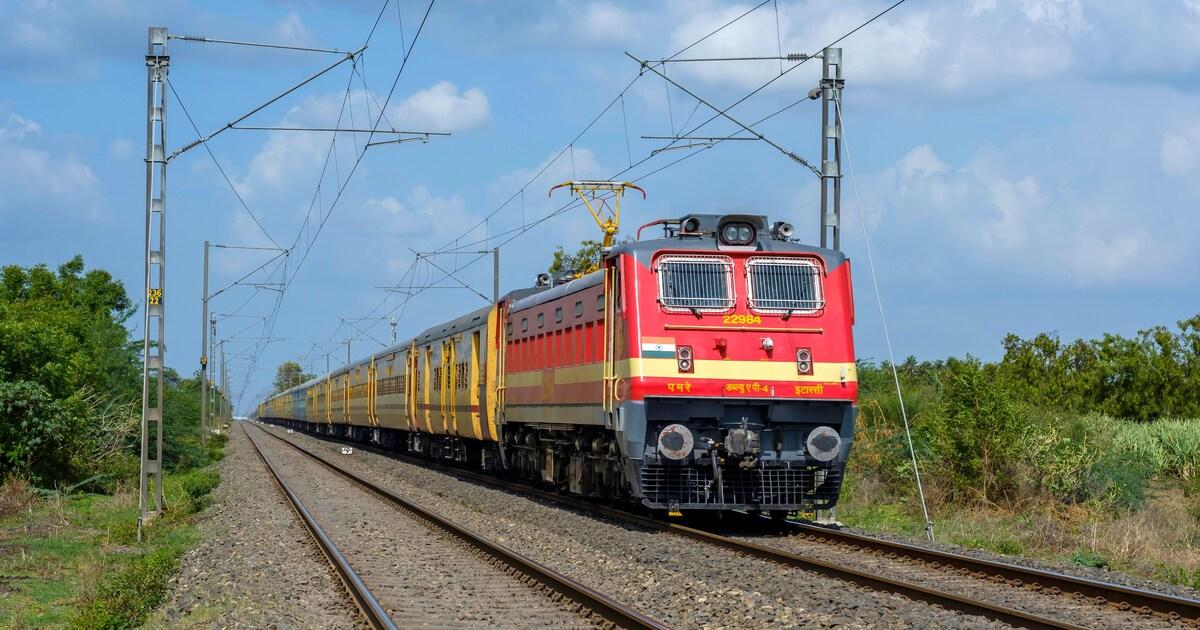In India’s vast and varied healthcare landscape, timely access to specialized care can often determine a patient’s survival. While urban centers like Delhi, Mumbai, and Bangalore offer advanced neurological and cardiac treatment, a large part of the population lives in areas where such facilities are either limited or unavailable.
When emergencies such as stroke, brain hemorrhage, or cardiac arrest strike in remote or semi-urban regions, transferring the patient to a higher-level center is not just recommended—it becomes critical. However, the logistics of such transfers are often complex, particularly when the patient is on a ventilator or needs continuous ICU support.
This is where specialized long-distance medical transport—especially train ambulances and air ambulances—is increasingly becoming the backbone of intercity critical care in India.
The Medical Reality: Conditions That Can’t Wait
Certain medical conditions offer very little margin for delay. In cases of acute ischemic stroke, the therapeutic window for thrombolysis is just a few hours. Cardiac events like myocardial infarction may require emergency PCI (angioplasty), and severe head injuries often need neurosurgical intervention within hours to prevent permanent damage.
Patients with these conditions often present in smaller towns or tier-2 cities where the infrastructure to handle such emergencies doesn’t exist. The result is a race against time—not just to stabilize, but to safely transport the patient to a tertiary care center.
Why Transporting Critical Patients Is More Complex Than It Seems
Transferring a critically ill patient across long distances is not a matter of simply booking an ambulance. It requires:
- A stable transport environment
- Advanced life-support equipment
- A team of trained professionals
- Seamless coordination between the referring and receiving hospitals
For journeys over 8–12 hours, road ambulances are often unsafe, especially for ventilated patients or those requiring frequent interventions. While air ambulances offer speed, they are significantly costlier and not always feasible from smaller cities.
That’s where the train ambulance presents a balanced solution—particularly for non-airport-connected locations like parts of Bihar, Jharkhand, or Chhattisgarh.
Train Ambulance: A Lifeline on Rails
Train ambulances are essentially mobile ICUs fitted inside train coaches. With space to accommodate ventilators, cardiac monitors, oxygen cylinders, and medical staff, they allow safe, stable, and cost-effective transport for critically ill patients over long distances.
For example, a patient suffering a brain hemorrhage in Patna may need to be transferred to Delhi for neurosurgical care. A train ambulance in Patna can be equipped with the necessary ICU setup and monitored continuously by trained professionals throughout the journey.
Similarly, a post-cardiac arrest patient in Kanpur needing advanced electrophysiological studies can be safely transferred to AIIMS Delhi or Medanta Gurugram using this model.
Challenges Families Face Even After Identifying the Right Solution
Despite train ambulances offering a viable option, the process of arranging one is not straightforward for most families. It involves:
- Coordinating with Indian Railways for medical clearance and berth arrangements
- Sourcing critical care equipment suited for rail transport
- Arranging a team of doctors and nurses trained in emergency care
- Estimating costs and planning logistics, often with little prior knowledge
This can feel overwhelming—especially when the clock is ticking, and emotions are high.
How Save Life Care Bridges the Gap
At Save Life Care, we specialize in simplifying this process. Our team handles everything from initial medical assessment to logistics coordination—ensuring that families don’t have to deal with bureaucratic hurdles or technical uncertainties.
Whether it’s organizing a train ambulance in Delhi, Patna, or any other location across India, we manage:
- End-to-end patient movement planning
- Custom ICU setup based on the patient's condition
- Real-time monitoring by a critical care team
- Coordination with hospitals and family members
- Transparent information about train ambulance cost and journey timelines
Our services are designed not just to move patients, but to maintain continuity of care during one of the most vulnerable moments in their treatment journey.
Why More Families Are Turning to Train Ambulance Services
The growing demand for train ambulance services reflects a deeper shift in how critical care is accessed across India. With affordability, accessibility, and reliability at its core, train ambulance transport is emerging as a dependable link between primary and tertiary healthcare systems.
Save Life Care plays a vital role in making these transfers safe, seamless, and medically sound—especially for those who live in parts of India where time, distance, and infrastructure make all the difference.
Conclusion: Getting There Should Never Be the Barrier to Survival
Neurological and cardiac emergencies do not give families the luxury of time. In these moments, getting the patient to the right hospital can be as important as the treatment itself. But without the right transport mechanism, even the best medical centers become unreachable.
Through its integrated train and air ambulance services, Save Life Care ensures that critical patients aren’t just moved—they are moved with care, expertise, and urgency.
Because when it comes to life-saving treatment, every hour—and every decision—counts.

